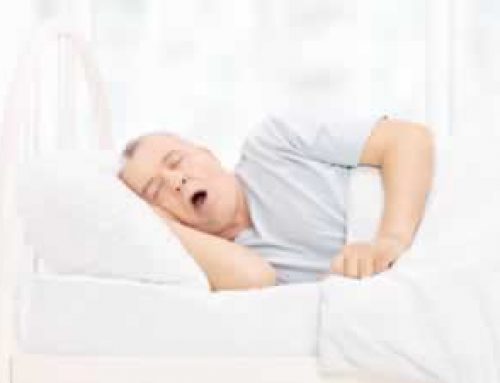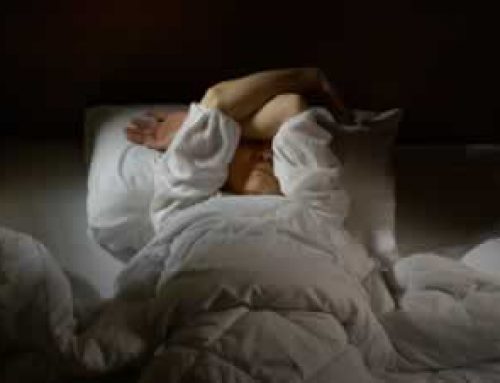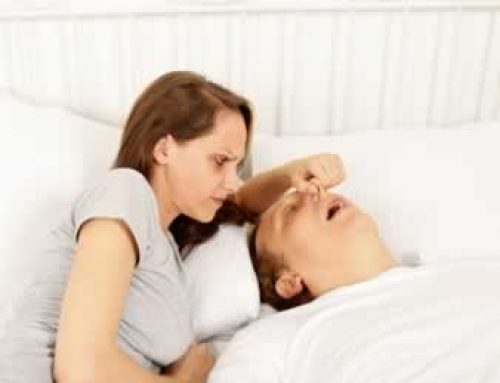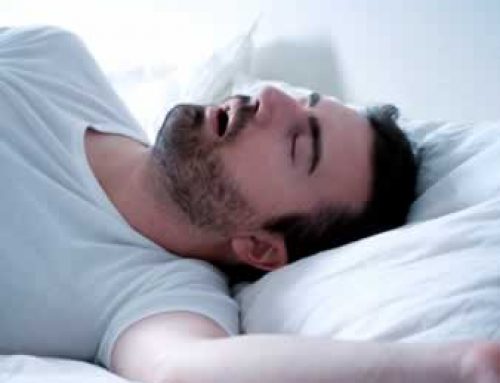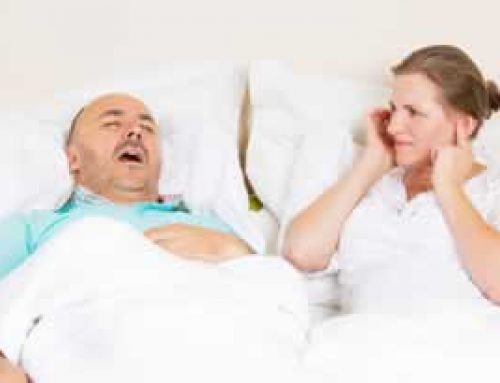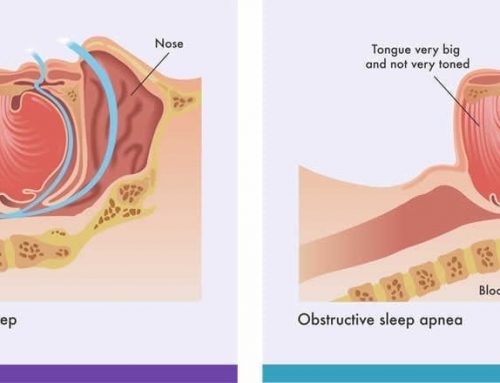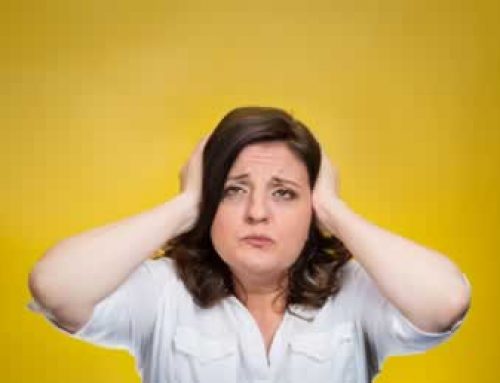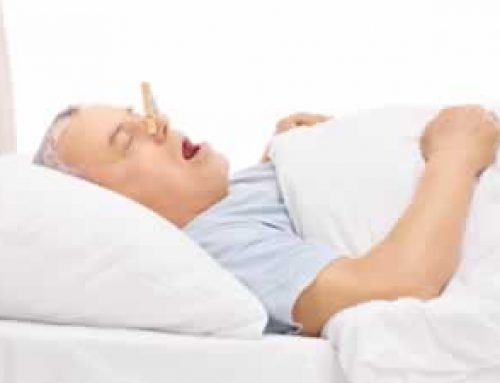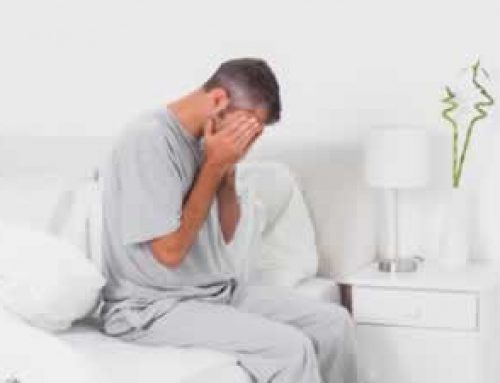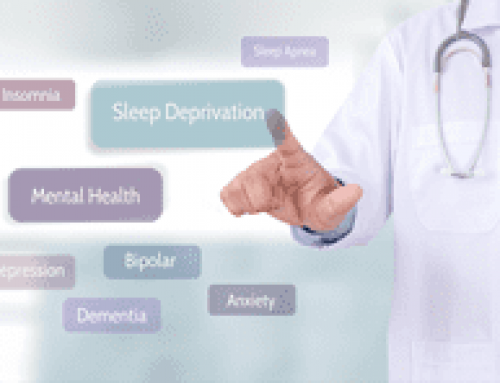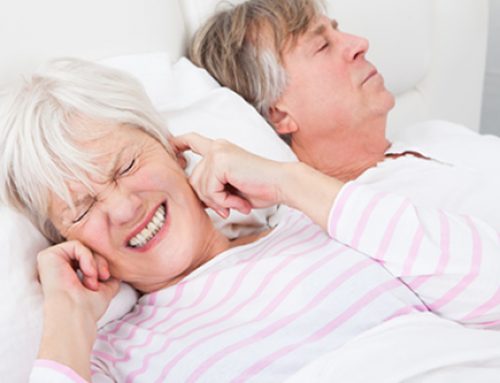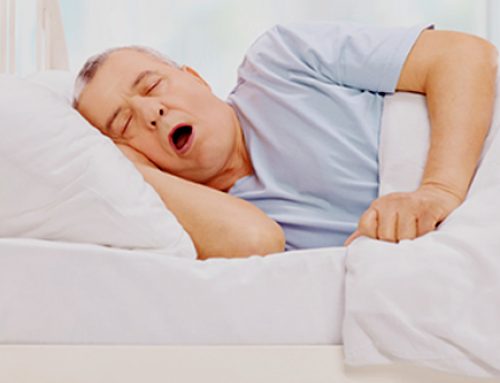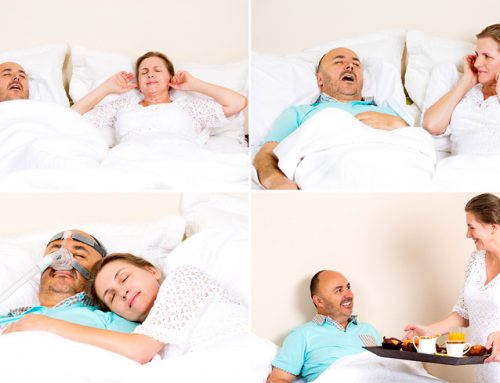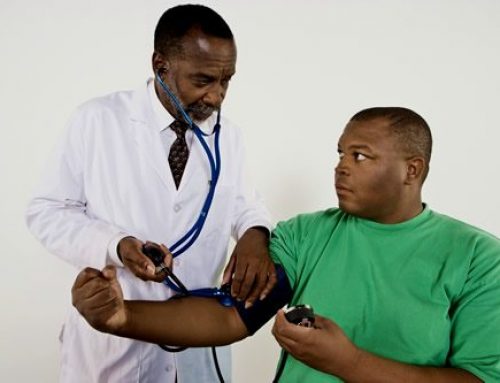Parasomnia: Do You Have One? This Will Help You Decide!
Parasomnias are an intriguing type of sleep disorder. They are distinguished by the occurrence of strange or dangerous events that affect or intrude on sleep. Parasomnias include nightmares, REM behavior disorder, confusional arousals, sleepwalking, sleep terrors, sleep eating disorder, sleep paralysis, sleep hallucinations, exploding head syndrome, and sleep talking. If you experience any of these parasomnias, then you usually will have no memory of the episodes as you remain asleep during the event. Parasomnias take place either as you are drifting into sleep, during sleep, or as you are waking up.
Confusional arousals
Confusional arousal is a parasomnia that causes you to wake up feeling very confused and may even cause you to act very unusual and out of the norm for yourself as you are waking up or just after you wake up. You may not know where you are or what is going on around you and you could be experiencing:
- Slowed or confused speech
- Clouded thinking
- Memory loss
- Blunt responses to questions or requests
Many people appear to be awake when a confusional arousal occurs and seem like they are in that morning foggy state of mind, but they are acting strange, and almost always do not remember the incident. Usually, an episode will begin with the need to be physically woken up by someone else. Behaviors like sleepwalking, shouting, and aggressive behavior are common during a confusional arousal.
Potential causes of this disorder include the following:
- Recovery from sleep deprivation
- Alcohol consumption
- Obstructive sleep apnea (OSA)
- Periodic limb movement disorder (PLMD)
- Psychotropic medication use
- Drug abuse
Sleepwalking
Sleepwalking is just like it sounds, you get up from bed and walk around even though you are still sleeping. You may even act out complex actions that you normally would do while awake; this could be as simple as walking downstairs to the kitchen, opening the fridge, and pouring yourself a bowl of cereal, or in rare cases, getting in your car and driving off. Some people talk or shout while they are walking about, and others jump out of bed and walk fast or even run as if they are trying to escape a threat, possibly one they are dreaming about as they sleepwalk.
Most often while sleepwalking, the person’s actions are very strange and involve things like urinating in a corner or trash can, rearranging furniture, or attempting to climb out of a window. Actions also can be much more hostile and violent than usual, and sleepwalkers’ eyes are usually open and glassed over with a confused look about them.
Sleepwalking can be caused by many different things including:
- Sleep deprivation
- Physical or emotional stress
- Obstructive sleep apnea (OSA)
- Travel
- Sleeping in unfamiliar surroundings
- Alcohol use and abuse
Sleep terrors (Night Terrors)
Sleep terrors/night terrors occur in the first few hours of sleep during phase just before deep sleep called the slow-wave sleep phase. The terror is brought on when the person feels a deep sense of terror and fear that they cannot shake. Sleep terrors are more common in adults than in children.
People who have sleep terrors experience intense episodes of sitting up and screaming in the middle of the night. These episodes can also involve kicking and thrashing while screaming, all done with an intense look of fear on their face. Sufferers may run around the house and usually have their eyes wide open and are very difficult to wake up. They will not respond to voices and are prone to violent behavior during an episode. Unlike with nightmares, once the sufferer does wake up, they will be very confused and most often will only not be able to remember anything. When they wake they will be experiencing extreme fear, and it can take a long to comfort them after an episode.
The major causes of sleep terrors include:
- Sleep deprivation
- Physical or emotional stress
- Obstructive sleep apnea (OSA)
- Travel
- Sleeping in unfamiliar surroundings
- Alcohol use and abuse
- Certain mental illnesses
You’ll notice that these are the same causes as for sleepwalking. These two parasomnias are very similar in their cause, those most at risk, and their treatment.
Sleep eating disorder
Repeated instances of compulsive binge eating and drinking while in a semi-awake state is considered sleep eating disorder. When it happens, you typically have no memory of the event, and it is very difficult to wake up from an episode fully. Usually, people eat recklessly and have little or no control and become very angry and resistant if another person tries to wake them and stop them.
Most people with SRED will experience an eating episode every night, and some eat more than once in a night even though they do not feel hungry or thirsty. Episodes may occur at any time during the night and usually does not last long. A typical episode may last ten minutes in its entirety. Typically sugary, fatty, and foods high in calories are eaten when on this binge. Oddly enough, preferred foods during these episodes are usually not foods that the individual chooses to eat when awake during the day and sometimes eating foods they are allergic too.
It is very common to have had another sleep disorder before developing SRED; the most common is sleepwalking as a child. Some of the other most common ones are:
- Restless legs syndrome
- Periodic limb movement disorder
- Obstructive sleep apnea
- Irregular sleep-wake rhythm
Sleep paralysis
When sleep paralysis occurs, you are unable to move your body. This can occur either when you are falling asleep or when you are waking up from sleep.
Everyone experiences temporary paralysis while they sleep. Your brain tells your muscles to relax, so you aren’t moving around, injuring yourself or others. However, sleep paralysis occurs while you are awake. You may not be able to move any part of your body or be able to speak, all while being able to breathe and being fully cognizant of what is going on. Episodes can last from a few seconds too many minutes. These are quite frightening episodes because, unlike other parasomnias, you are awake and fully aware that you are unable to move your body.
Sleep paralysis typically surfaces in the teen years and most frequently affects people in their 20s and 30s. It does not present a serious medical risk, and reoccurrences typically do not disturb your sleep.
Sleep hallucinations
Sleep-related hallucinations are easily confused with dreams because they are imagined events that seem very real, but are not dreams because they occur when you are awake; typically, just as you are waking up or just as you are falling asleep. The images, sounds, smells, and touch you experience during sleep hallucinations may last up to several minutes and usually cause fear, much like a nightmare.
Sleep hallucinations can be a result of another sleep disorder, a side effect of certain medications, a mental health disorder, such as bipolar disorder, or substance abuse.
Exploding head syndrome
Exploding head syndrome is an imagined loud noise heard just before one falls asleep sounding like:
- A loud bang
- Cymbals crashing
- A bomb exploding
- Constant violent crashing
Episodes are undeterminable and may happen every night, multiple times a night, or infrequently. Exploding head syndrome is typically more annoying than painful. The imagined sounds disturb sleep by keeping you up, but usually, pain is not associated with the sounds. What causes exploding head syndrome is unknown, but it is thought to occur more with high levels of stress.
The specific causes of exploding head syndrome are not known, but it does seem to decrease over time.
Sleep talking
Sleep talking is talk that occurs while people are asleep and for the most part is nonsensical babble, though it can involve quite complicated conversations, that they sleep talker is unaware of doing. It may be harmless talk referring to a dream one is having, or it can be very vulgar and offensive language.
It is not generally admissible in court as it is accepted by science and the law that sleep talk is not a product of the conscious or rational mind. Approximately 5% of adults experience sleep talking. Sleep talking typically does not disrupt your own sleep but may be disruptive to that of your sleeping partner.
Sleep talking often runs in families, though it can be brought on by a number of things, including sleep deprivation and Obstructive Sleep Apnea.
Nightmare disorder
Nightmare disorder is referred to by doctors as a parasomnia — a type of sleep disorder that involves undesirable experiences that occur while you’re falling asleep, during sleep or when you’re waking up that impacts about 4% of adults. People typically experience nightmares during REM (rapid eye movement) sleep.
Nightmare disorder has been known to cause excessive daytime drowsiness, leading to problems at school or work and even making common daily tasks difficult, like concentrating and driving. Lack of sleep and frightening dreams can cause difficulties with mood, resulting in agitation and anxiety from the dream content, which can lead to trouble falling asleep and complete resistance to sleeping at night from the fear of nightmares.
The exact cause of nightmares is not known. However, many factors can induce nightmares such as:
- Stress and anxiety
- Traumatic events
- Sleep deprivation
- Substance abuse
Getting Insights
If you or your sleeping partner have noticed that you are experiencing signs of any of these parasomnias, it’s time to get a Sleep Assessment. Get insights on your sleep with online sleep assessment to discover which of these or any of 25+ other sleep problems may be keeping you from getting the sleep you need.
It’s time to take action and get back the restful sleep you deserve!



